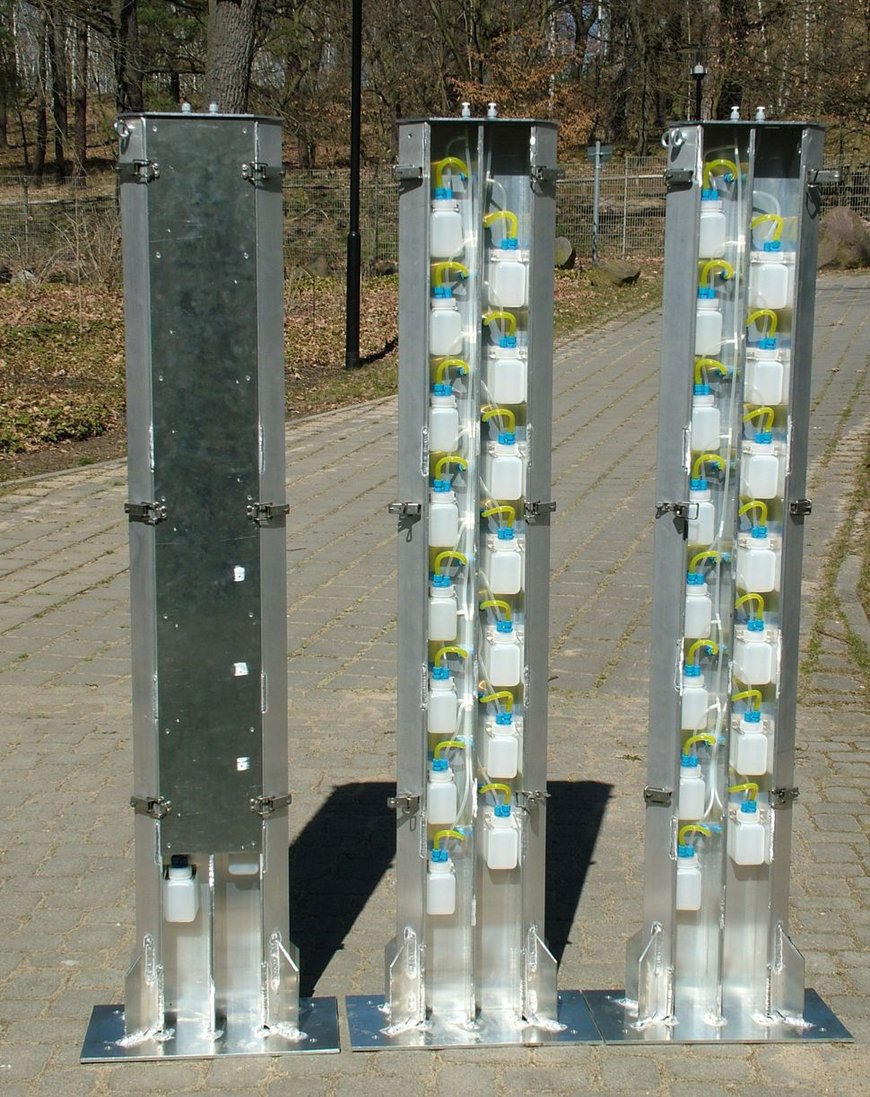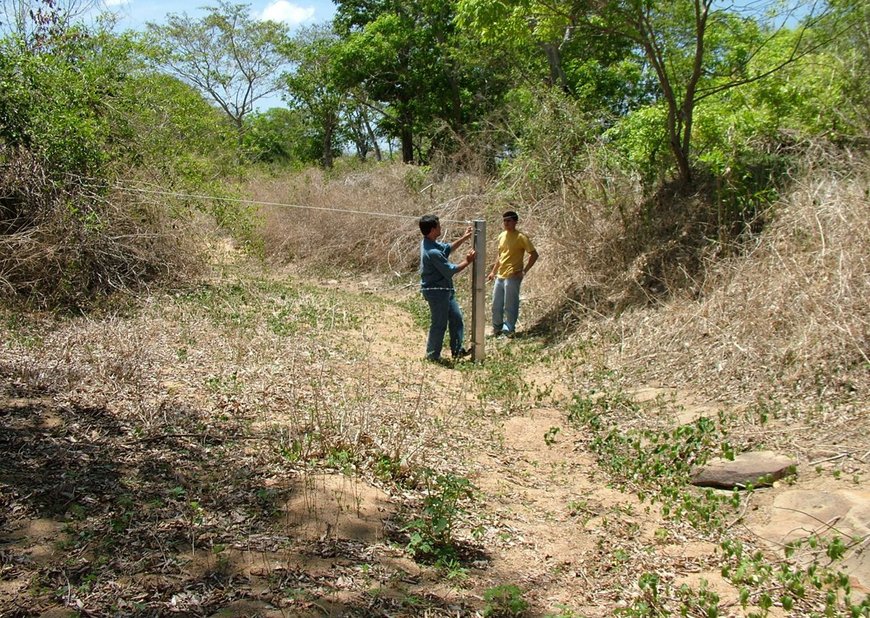
Sediment Export from large Semi-Arid Catchments: Measurement and Modelling
Introduction
About one-third of the global population currently lives in countries which experience conditions of water stress. Such regions, often located within dryland ecosystems, are exposed to the hazard that the available freshwater resources fail to meet the water demand in domestic, agricultural and industrial sectors. Water availability often relies on the retention of river runoff in artificial lakes and reservoirs. However, the water storage in reservoirs is often adversely affected by sedimentation as a result of soil erosion. Erosion of the land surface due to natural or anthropogenic reasons and deposition of the eroded material in reservoirs threatens the reliability of reservoirs as a source of water supply. To guarantee future water supply, a quantification of the sediment export from large dryland catchments becomes indispensable.
Objectives
The main objective of the SESAM project is the development of a model system that enables the assessment of sediment production in catchments, sediment transport in river system and sediment retention in reservoirs for meso-scale catchments in semi-arid and sub-humid regions. The necessary data for model development and application are derived from extensive data collection programs within experimental catchments, dryland rivers and reservoirs in Spain and North-East Brazil .
Contributions of Section 5.4.
Engineering Hydrology are:
- Extension of the hydrological model WASA (Güntner & Bronstert, 2004) that has been specifically developed for the environmental characteristics of semi-arid areas with components representing erosion and sediment transport processes at the hillslope to the basin scale.
- Measurement devices for suspended sediment transport
- Landscape characterization and discretization for hydrological modelling based on remote sensing data
Key publications:
Mueller, E. N.; Güntner, A.; Francke, T.; Mamede, G. (2010): Modelling sediment export, retention and reservoir sedimentation in drylands with the WASA-SED model. Geoscientific Model Development, 3, 1, 275-291.
Medeiros, P. H. A.; Güntner, A.; Francke, T.; Mamede, G. L.; de Araújo, J. C. (2010): Modelling spatio-temporal patterns of sediment yield and connectivity in a semi-arid catchment with the WAWA-SED model. Hydrological Sciences Journal - Journal des Sciences Hydrologiques, 55, 4, 636-648.
Bronstert, A., R. J. Batalla, J. C. de Araújo, T. Francke, A. Güntner, G. Mamede, E. Müller. (2007) Investigating erosion and sediment transport from head-waters to catchments to reduce reservoir siltation in drylands. IAHS Publ. 317, 119-122.
Francke, T., A. Güntner, A. Bronstert, G. Mamede, E. N. Müller. (2007) Automated catena-based discretisation of landscapes for the derivation of hydrological modelling units. International Journal of Geographical Information Science, DOI: 10.1080/13658810701300873
Araujo, J.C. de, A. Güntner, A. Bronstert. (2006) Impact of reservoir silting on water availability in a semiarid region. Hydrological Sciences Journal, 51, 157-170.
Güntner, A., M. S. Krol, J. C. de Araujo, A. Bronstert. (2004) Simple water balance modelling of surface reservoir systems in a large data-scarce semi-arid region. Hydrological Sciences Journal, 49 (5), 901-918.
Güntner, A. and Bronstert, A., 2004. Representation of landscape variability and lateral redistribution processes for large-scale hydrological modelling in semi-arid areas. Journal of Hydrology, 297(1-4): 136-161.
The SESAM project is funded by the German Research Foundation (DFG) for the period 2010-2013 with the acronym WASESAC.
Main co-operations:
Institute of Geoecology , University of Potsdam , Germany
Forestry Institute of Catalonia / Universitat de Lleida , Spain (Prof. R. Batalla)
Universidad Federal do Ceara , Brazil (Prof. José Carlos de Araújo)





